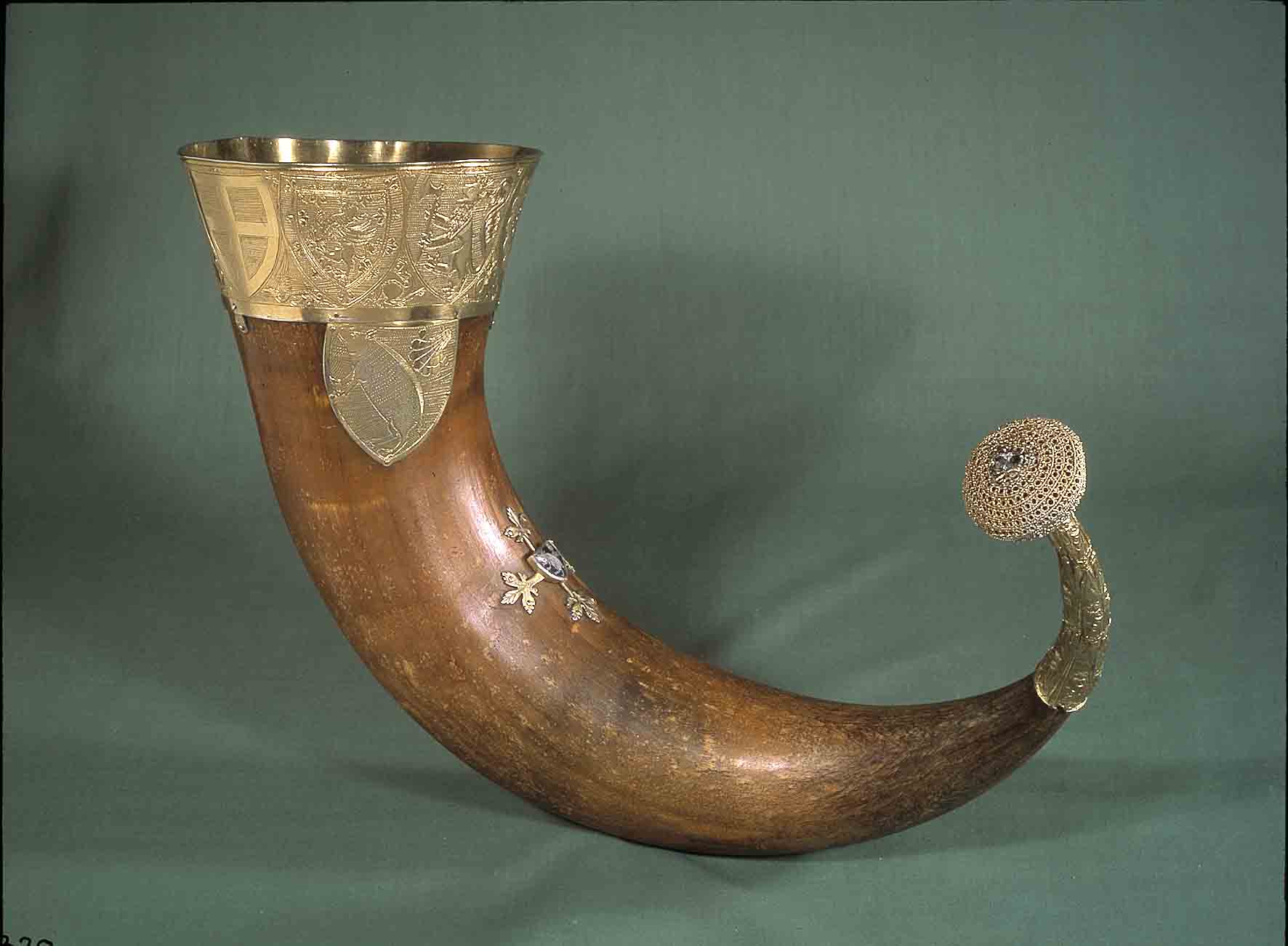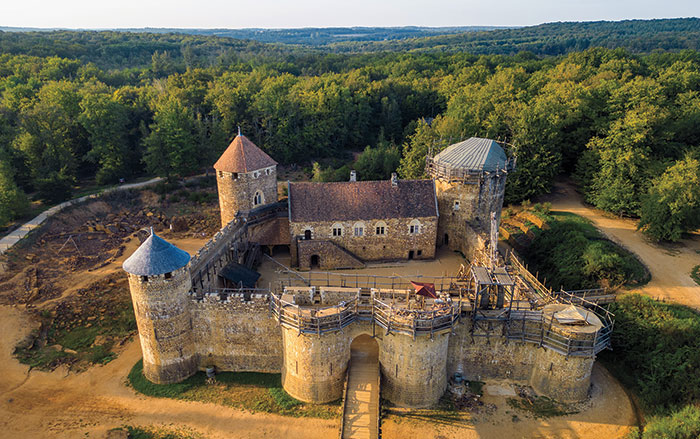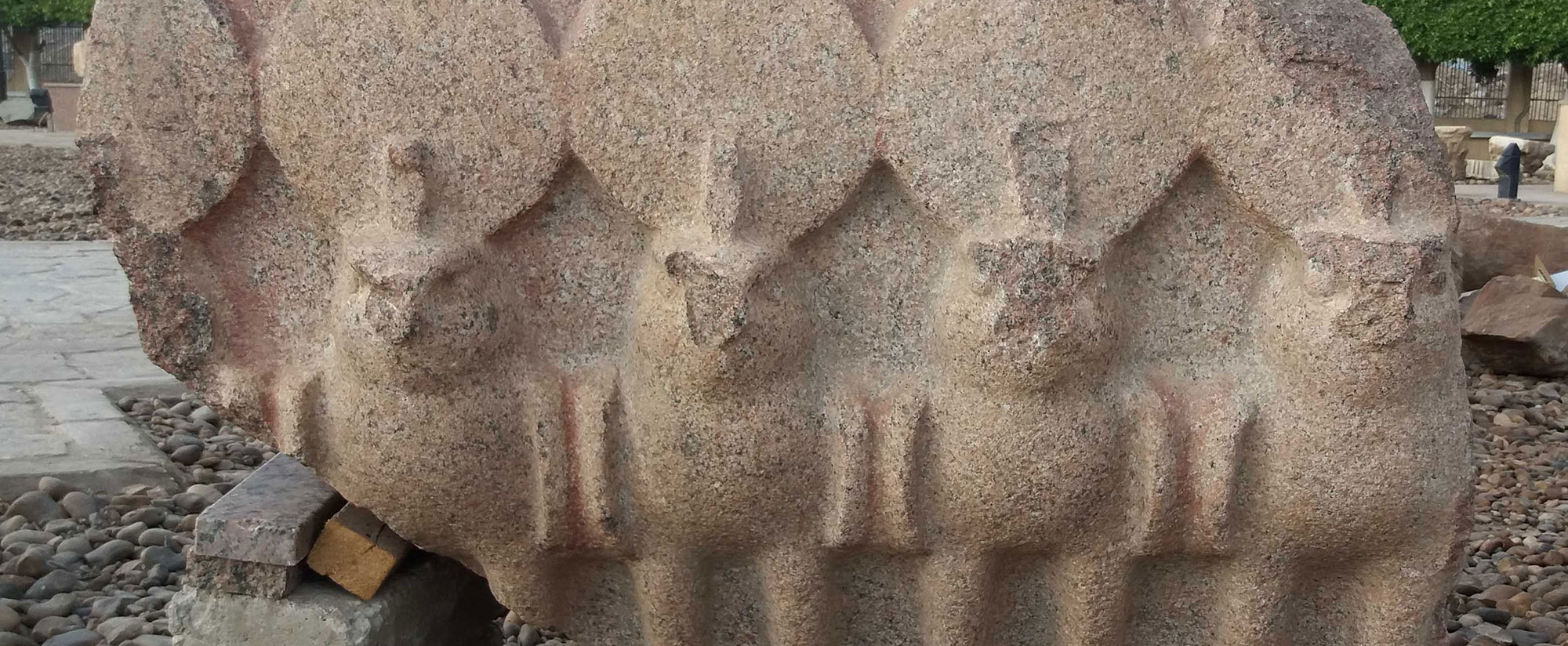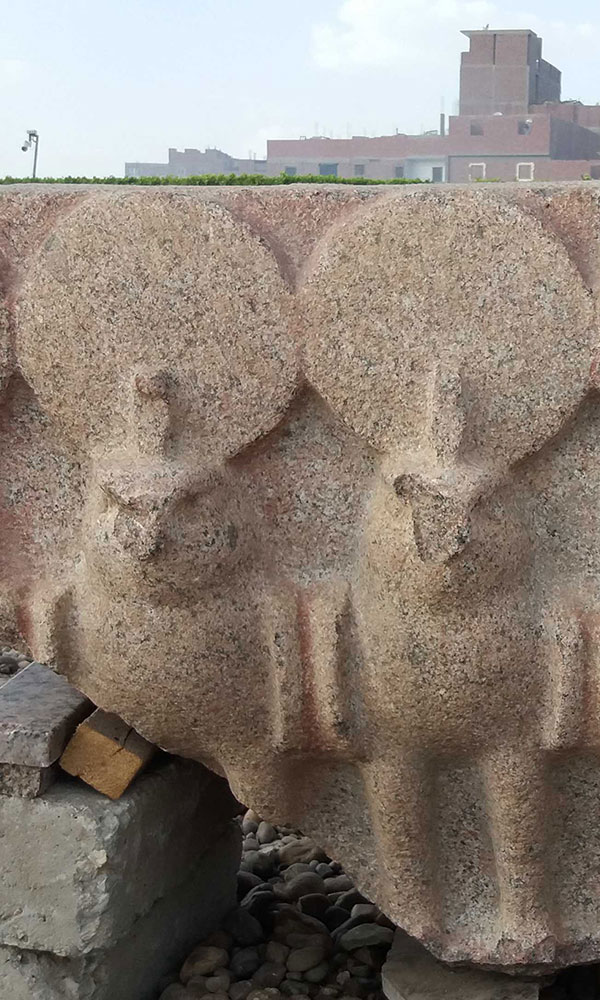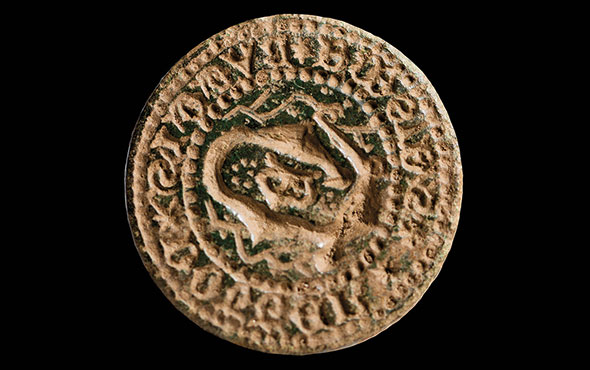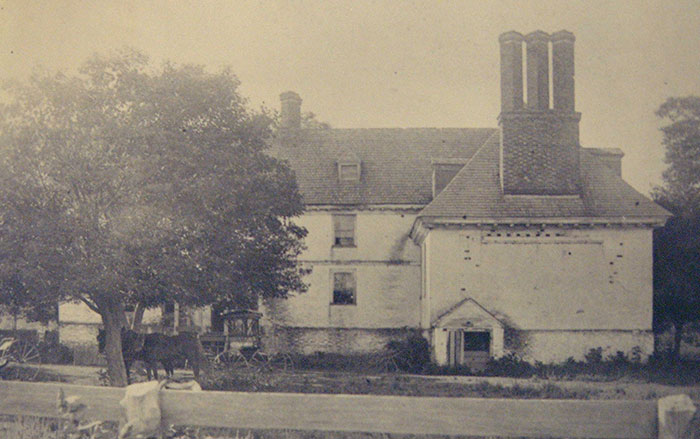
CAMBRIDGE, ENGLAND—According to a report in The Independent, a genetic study of remains recovered from a Crusader-era mass burial pit in what is now Lebanon indicates that even though some of the fighters were descendants of Western Europeans and local people who lived on the eastern Mediterranean coast, the Crusaders had little overall genetic impact on the population. The burial pit, located near the ruin of a Crusader castle in Sidon, contained the burned remains at least 25 individuals. The bones bear evidence of violent injuries and have been radiocarbon dated to the Crusader period, between A.D. 1025 and 1283. A thirteenth-century Crusader coin from Italy, and five buckles with designs typical of medieval Europe, were also recovered from the pit. Of the nine individuals whose remains were analyzed, three are thought to have come from Western Europe—perhaps Spain and Sardinia. Four of the individuals were eastern Mediterranean locals, and were probably recruited to fight in the religious wars by Crusaders from Western Europe. The remaining two inviduals whose DNA was analyzed may have been the product of relationships between Crusaders and local people. Marc Haber of the Wellcome Sanger Institute said that once the fighting was over, this mixed generation joined the region’s local population, and the genetic traces of the Crusaders in the Near East eventually disappeared. To read in-depth about the Crusades, go to “Reimagining the Crusades.”



